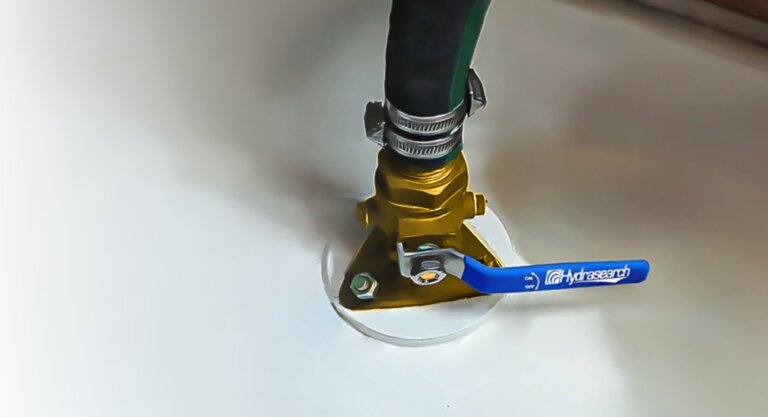Dealing with a stripped screw can be frustrating, especially when it stops you from finishing a job. Stripped screws have damaged or worn-out heads, making it hard to use a screwdriver or drill. Luckily, there are practical ways to fix the problem. In this guide, we’ll walk you through the easiest methods to remove a stripped screw using basic tools.
We will also cover how to prevent this issue in the future. You’ll find everything explained step by step whether you’re using household items or specialized tools.
What Causes a Screw to Get Stripped?
Stripped screws happen when the screwdriver loses grip on the screw’s head. This issue can result from:
- Using the wrong screwdriver size
- Over-tightening the screw
- Rushing during installation
- Using low-quality screws
- Rust or corrosion
Knowing these causes helps you avoid stripping screws in the future.
Tools You Might Need
- Rubber band
- Pliers
- Screw extractor set
- Hammer
- Drill
- Flathead screwdriver
- WD-40 or lubricant
Method 1: Use a Rubber Band
This is a quick fix if the screw head is slightly damaged. The rubber band helps the screwdriver grip the screw better.
Steps:
- Place a rubber band over the screw head.
- Press the screwdriver into the rubber band.
- Slowly turn the screwdriver to remove the screw.
This method works best for screws that are only mildly stripped.
Method 2: Try Using Pliers
If part of the screw is above the surface, pliers can give you extra grip.
Steps:
- Firmly grip the screw head with the pliers.
- Turn the pliers counterclockwise to loosen the screw.
- Keep turning until the screw comes out.
Method 3: Use a Screw Extractor
A screw extractor is a specialized tool designed to remove damaged screws.
Steps:
- Choose the right size extractor for your screw.
- Insert the extractor into your drill.
- Slowly drill into the screw head.
- Reverse the drill to pull the screw out.
This method is reliable, but you need an extractor set.
Method 4: Tap the Screw with a Hammer
For screws that are stuck or rusty, tapping them can help loosen them.
Steps:
- Place a flathead screwdriver over the screw.
- Gently tap the screwdriver with a hammer.
- Turn the screwdriver counterclockwise to remove the screw.
Method 5: Drill a New Slot
If the screw is too damaged to grip, you can make a new slot using a drill.
Steps:
- Use a small metal drill bit.
- Drill a straight line across the screw head.
- Insert a flathead screwdriver into the new slot.
- Turn the screwdriver to remove the screw.
Success Rate of Different Methods
| Method | Estimated Success Rate | Best for |
| Rubber Band | 60% | Light stripping |
| Pliers | 70% | Partially exposed screws |
| Screw Extractor | 90% | Heavily stripped screws |
| Hammer and Screwdriver | 75% | Stuck or rusted screws |
| Drilling a New Slot | 80% | Severely damaged screws |
Preventing Stripped Screws
- Use the right screwdriver size for the job.
- Apply steady pressure without rushing.
- Avoid over-tightening screws.
- Use high-quality screws to reduce wear.
- Lubricate screws if they are difficult to insert.
FAQs
1. Can I use WD-40 to remove a stuck screw?
Yes. WD-40 or other lubricants can loosen rusted screws. Spray it on the screw and wait a few minutes before trying to remove it.
2. What if none of the methods work?
If the screw is still stuck, you may need to drill it out completely or use a specialized screw removal tool.
3. How can I avoid stripping screws in the future?
Always use the correct tools, apply steady pressure, and avoid rushing when working with screws.
Conclusion
Removing a stripped screw doesn’t have to be stressful. Whether you use a rubber band or a screw extractor, there are multiple ways to get the job done. Each method works best for different levels of screw damage. Now that you know how to handle stripped screws, you can tackle this issue confidently.
Don’t forget to prevent stripping by using the right tools and techniques from the start. Happy fixing!

 Hydrasearch
Hydrasearch


 Your Mission is Our Commitment
Your Mission is Our Commitment


